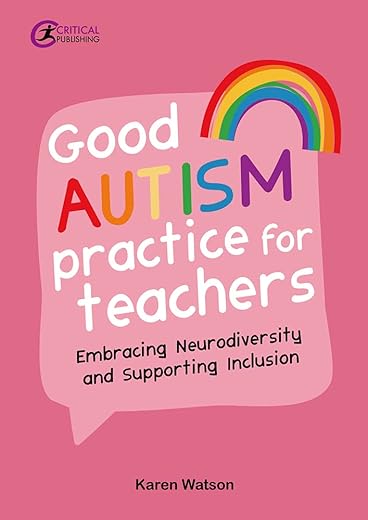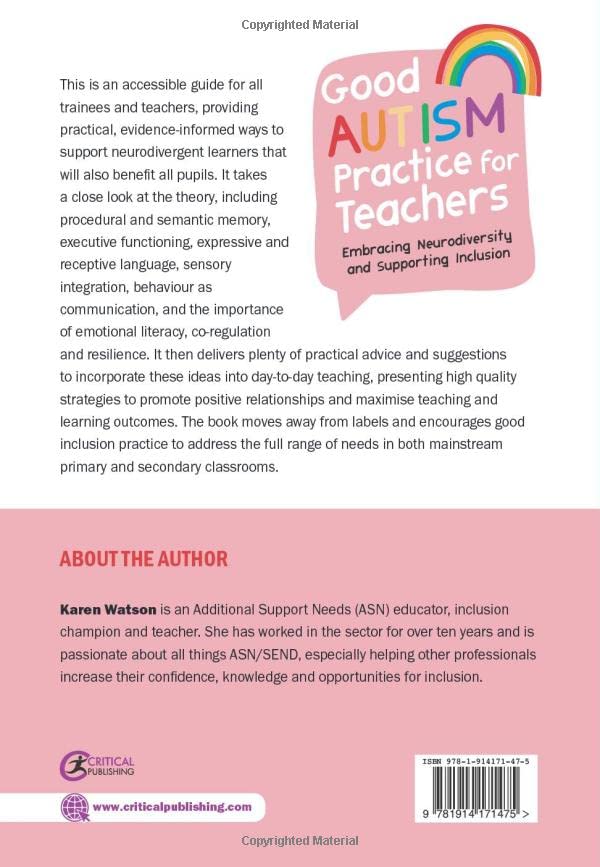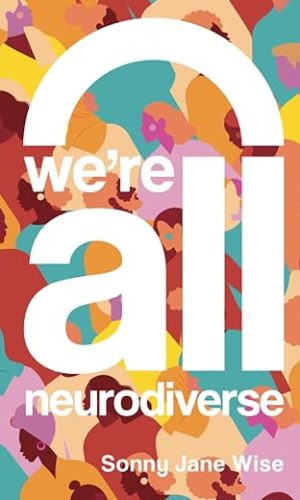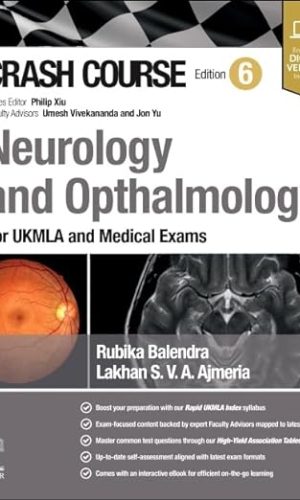Good Autism Practice for Teachers: Embracing Neurodiversity and Supporting Inclusion
£18.00
This is an accessible guide for all trainees and teachers, providing practical, evidence-informed ways to support neurodivergent learners that will also benefit all pupils.
It takes a close look at the theory around autism, including procedural /semantic memory, executive functioning, expressive/receptive language, sensory integration, behaviour as communication, and the importance of emotional literacy, co-regulation and resilience. It then delivers plenty of practical advice and suggestions to incorporate these ideas into day-to-day teaching, presenting high quality strategies to promote positive relationships and maximise teaching and learning outcomes. The book moves away from labels and encourages good inclusion practice to address the full range of needs in both mainstream primary and secondary classrooms.
Read more
Additional information
| Publisher | Critical Publishing (15 Mar. 2022) |
|---|---|
| Language | English |
| Paperback | 154 pages |
| ISBN-10 | 1914171470 |
| ISBN-13 | 978-1914171475 |
| Dimensions | 17.4 x 0.76 x 24.64 cm |











by Amazon Customer
A great resource for anyone working with children. Clear concise and backed up with reliable research.
Our school have bought multiple copies and also recommended to the educational psychologist team.
This is a must buy for all education provisions
by amy
Nothing to dislike about this item it’s for me to learn more about asd and I haven’t probably read ???? it yet only flipped though it and and I will lean more about it asd as we all still learning and that’s a good thing ????❤️????❣️ it’s worth the money ???? it got dispatched by the seller early so thank you so much ❣️????❤️????
by Hilary Buchanan
Comprehensive guide to working with neurodivergent children. Excellent ideas for inclusion.
by Bradley O’Neill
A comprehensive and well considered book which is the perfect gateway for those wanting to further understand neurodiversity in the classroom to enable inclusive and accessible learning. This book has really inspired me in my journey as an educator and will continue to do so going forward.
Karen Watson, the author breaks down the topic of neurodiversity and explains it in a very approachable way. The book does a great job of “defining” autism and gives us the tools to understand the “why” behind the “how”. The book identifies key elements of neurodiversity which can impact the classroom such as Communication, social interactions, sensory processing, repetitive behaviors and anxiety. The book really allows us to deep dive into these different aspects so the educator reading can be more considerate of the lesson content and activities they are giving to students who are neurodiverse.
Once these topics have been introduced, the book will then take you through the different ways that you can make your teaching more inclusive. We are introduced to Proximal Development which is a means to get a student to a skill they want to obtain but with support and guidance from educators. One thing to note about this book as it does frame it within much younger education instead of looking at Higher Education or even Secondary School education, but the great thing about this book is that it is all transferable. My world of education is set within Higher Education but I was still able to apply what I learnt here to my teaching.
To summarize my thoughts, this book will give you a clear definition of neurodiversity and how as an educator you can best support students no matter what sector you are working in, from primary to higher education. The real magic of this book is the guidance it gives to improve your teaching resources and activities for further inclusivity so everyone in your classroom is engaged in learning and no one is left behind.
by Urr123
Loved this book – have bought copies for my staff and as gifts for other ASN teachers! It’s well written clear and full of great strategies for working with young people with additional support needs.